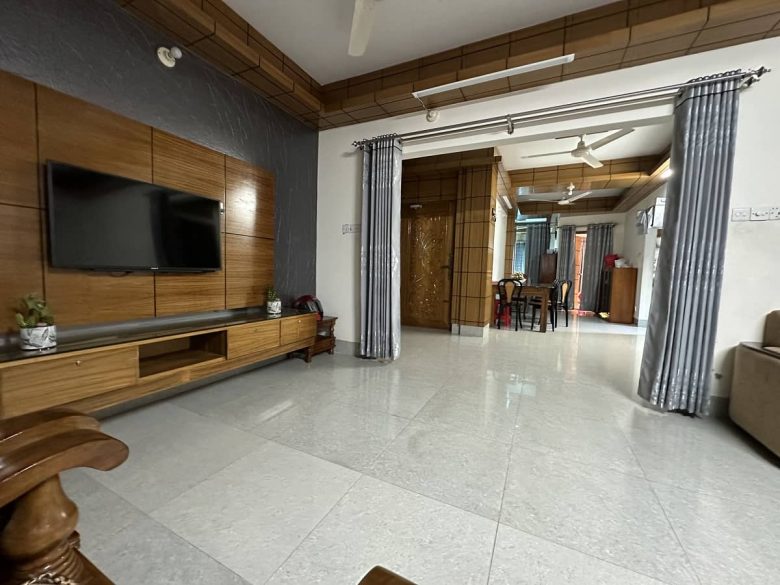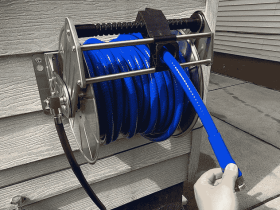Unlike other fields of art, interior design is adopted by the masses — and in the process, much of the specific meanings of its terminology become lost. If you are struggling to communicate what you want to your contractor or interior designers, you may be using the wrong words. Here is a list of some of the most commonly misused interior design terms, so you can start working toward a more accurate understanding of your style.
Modern
Modern is a specific design style that arose at the beginning of the 20th century out of several different artistic movements. In architecture and interior design, hallmarks of the modern style include clean, straight lines, geometric shapes, natural materials, and a monochromatic color palette. Therefore, a modern ceiling fan tends to look simple and sleek.
Contemporary
Though often used interchangeably with the term “modern,” contemporary does not refer to any specific design or style. Rather, the term contemporary is a general term that applies to any current and popular interior trends.
Chevron
A chevron is an iconic zigzag pattern that can appear in flooring, textiles, paint, and other design elements around a home. Chevrons tend to look contiguous, ending in a 45-degree angle that joins seamlessly with more zigzags.
Herringbone
Another zigzag pattern, herringbone, is distinct from a chevron because of its square end. The result is a broken-looking zigzag, which can look more sophisticated than chevrons in certain spaces.
Vintage
Many home designers prefer to work with vintage home décor because such pieces tend to have more character and uniqueness than mass-produced decorations available in stores today. Technically, vintage home décor includes furniture, hardware, textiles, and other decorations that are at least 20 years old — which means the butterfly chair from your teen bedroom is definitely vintage.
Antique
Antiques tend to be harder to find than vintage pieces because antiques are much, much older. Unlike vintage décor, which is only a couple of decades in age, antiques count as such only when they are more than 100 years old. Usually, antiques must be handled carefully and perhaps might even require restoration before they can work in contemporary interiors.
Granite
Many homeowners are desperate to have granite countertops in their kitchens, as the natural stone has long been a sign of high-quality home finishings. Granite must be mined from a quarry, and as such, every slab is entirely unique. However, granite is a porous stone that requires careful maintenance, or else it will develop unsightly chips and stains.
Quartz
Though many high-quality quartz counters are almost indistinguishable from natural granite, quartz is a manmade material. Made from crushed stone and resin, quartz is incredibly durable and requires essentially no maintenance. Quartz can be much less expensive than granite, and because it is produced, homeowners can shop for countertops without locking into a particular slab.
Carrara
If you are eager to put the marble in your home, you need to become familiar with the terms used to describe different marble varieties. Carrara marble, the most common type, tends to be blue-gray in tone and have soft, thin veining.
Calacatta
Another type of marble that is often confused with Carrara, Calacatta tends to have a whiter base color and thicker gray veining. Usually, Calacatta looks better on larger countertops, where there is enough space for the broad veins to shine.
Solid Hardwood
When you want a hardwood floor, you might immediately assume that you will be installing solid hardwood planks. Solid hardwood tends to be thicker, which means it can be refinished more often without requiring replacement. However, wood is a finicky material that will expand and contract in different temperatures and humidities, which means solid hardwood floors demand more maintenance.
Engineered Hardwood
Engineered hardwood refers to a type of flooring that is manufactured in layers, making the product easier to install and more resistant to changes in temperature or moisture. Though it cannot be refinished as often as solid hardwood, it tends to be more stable and requires less care from homeowners.
Whether you are an amateur interior designer focused on your own home or a professional breaking into the field, you need to be careful to use the right terminology when describing important components of home design.











Leave a Review